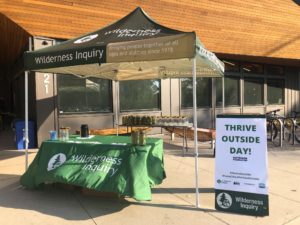The deadline to sign-on has been extended to Friday, December 10th!
Proposed Climate and Outdoor Investments in the Build Back Better Act are Pivotal to the Future of Business, People, and the Planet
Congress will spend the next weeks finalizing the contents of a historic social spending bill. Key provisions in the Build Back Better Act will tackle climate and environmental justice issues head-on and will promote key policies for the outdoor industry’s success. The draft legislation has changed over the past months of negotiation, and as the process heads toward the finish line, we must ensure that those issues that matter to us are retained in the final bill language.
These historic investments include dollars for the creation and funding for a Civilian Climate Corps; capital and incentives for the development and deployment of renewable energy across sectors; and, increased resources for underserved communities to have access to safe, clean, and accessible green spaces.
As Congress moves forward on finalizing the legislation, considering amendments, and eventually handing it to President Biden for signature, it is important that our industry’s voice is heard and that these consequential programs are codified and implemented. The vitality of the outdoor industry, our outdoor participants, and our climate are dependent upon this generational opportunity for investment.
NOW is the time to voice our industry’s priorities for the Build Back Better Act! Ensure your company’s support is heard and add your company’s name to our letter to Congress by close of business on Friday, December 10th.
Read the letter here.
It is pivotal that key provisions outlined below remain in the final text of the legislation for passage. OIA and our members support the following crucial components of the Build Back Better Act:
- The creation and funding for a Civilian Climate Corps to bring jobs to local communities, and to advance implementation of the Great American Outdoors Act;
- Robust funding for the Department of the Interior;
- Funding for pivotal investments in renewable energy, including expenditures in the power sector, as well as tax incentives for the development and application of clean energy solutions across sectors;
- Environmental and Climate Justice funding for disadvantaged communities to address disproportionate public health and environmental damage; and,
- Initiatives prioritizing the development of urban parks and other place-based programs supporting increased access to outdoor spaces in traditionally underserved communities.
- Combined with important investments committed in the Infrastructure Investment and Jobs Act, the Build Back Better Act will ensure that our nation’s lands and waters will get the attention needed to encourage resiliency, health, and sustainable access.
- The Build Back Better Act will also prioritize catalytic investments in renewable energy, and in rural and urban communities disproportionately impacted by climate change.
- Finally, the Build Back Better Act will include human-centered investments that will make it easier for people throughout the country to experience the wonder of the outdoors.
Now is the time to speak up about our values and priorities around the future of the planet, our industry and outdoor participants! Sign our letter to Congress before December 10th!
Current signatories (as of December 10th):
BBB Signatories as of 4pm MT Dec 10
22 Designs
Akers Digital
American Camp Association
b4 Adventure
Backcountry Access, Inc.
Backpacker’s Pantry (American Outdoor Products)
Backslope Tools
BearVault
Bearclub Outfitters
Bell (Vista)
Bemis
Big Agnes
Blackburn (Vista)
Board Retailers Association
Bridge City Kid
Burton
CGPR
CamelBak
caseSensitive Photos
Clif Bar & Company
Colorado High School Cycling League
Collaborative Trails
Compose[d]
Conatus Counsel
Confluence Sustainability
Cross Current Insurance Group
DHTC CO LTD
Darn Tough Vermont
Darn Tough Vermont(R)
Emerger Strategies
Erem Desert Inc
evo
First Name LLC
flaik
Giro (Vista)
Hipcamp
Honey Stinger
Hyrdo Flask
Industrial Revolution
Industrial Revolution -UCO
Island Explorer LLC dba Whidbey Island Kayaking
Jones Snowboards
K2 Sports
Klean Kanteen
Krimson Klover
L.L.Bean
La Sportiva N.A., Inc.
LightHeart Gear
Linked Adventures
Miir
Minneapolis Southwest KOA Holiday
Minority Outdoor Alliance
Mountain Khakis
Myles Apparel
NEMO Equipment
New Balance
Never Summer Mountain Products
Oberalp North America
Orvis
Osprey Packs Inc.
Outbound Collective
OutdoorX4 Magazine & XPLORE Journal
Outdoor Afro
Outdoor Research
Patagonia
Peak Design
PeopleForBikes
Playmakers, Inc.
PolyCore Solutions
Portland Design Works
REI Co-op
Ruffwear
Rutabaga Paddlesports
See More Birds Nature Tours
Sierra South
SIMBOL Communications
Simms Fishing Products
Smartwool
Snow Peak
South Coast Tours LLC
Stanley, a Brand of PMI Worldwide
The Sporting Life Network
Toad&Co
Tools For Trails
True North Gear
Turtle Fur
Vargo Outdoors
VF Corp
Verde Brand Communications
WA Event Management
WAYWARD
Waterloo Bicycle Works
Western Spirit Cycling
Weston Backcountry
YAMA Mountain Gear
YMCA Camp Shady Brook




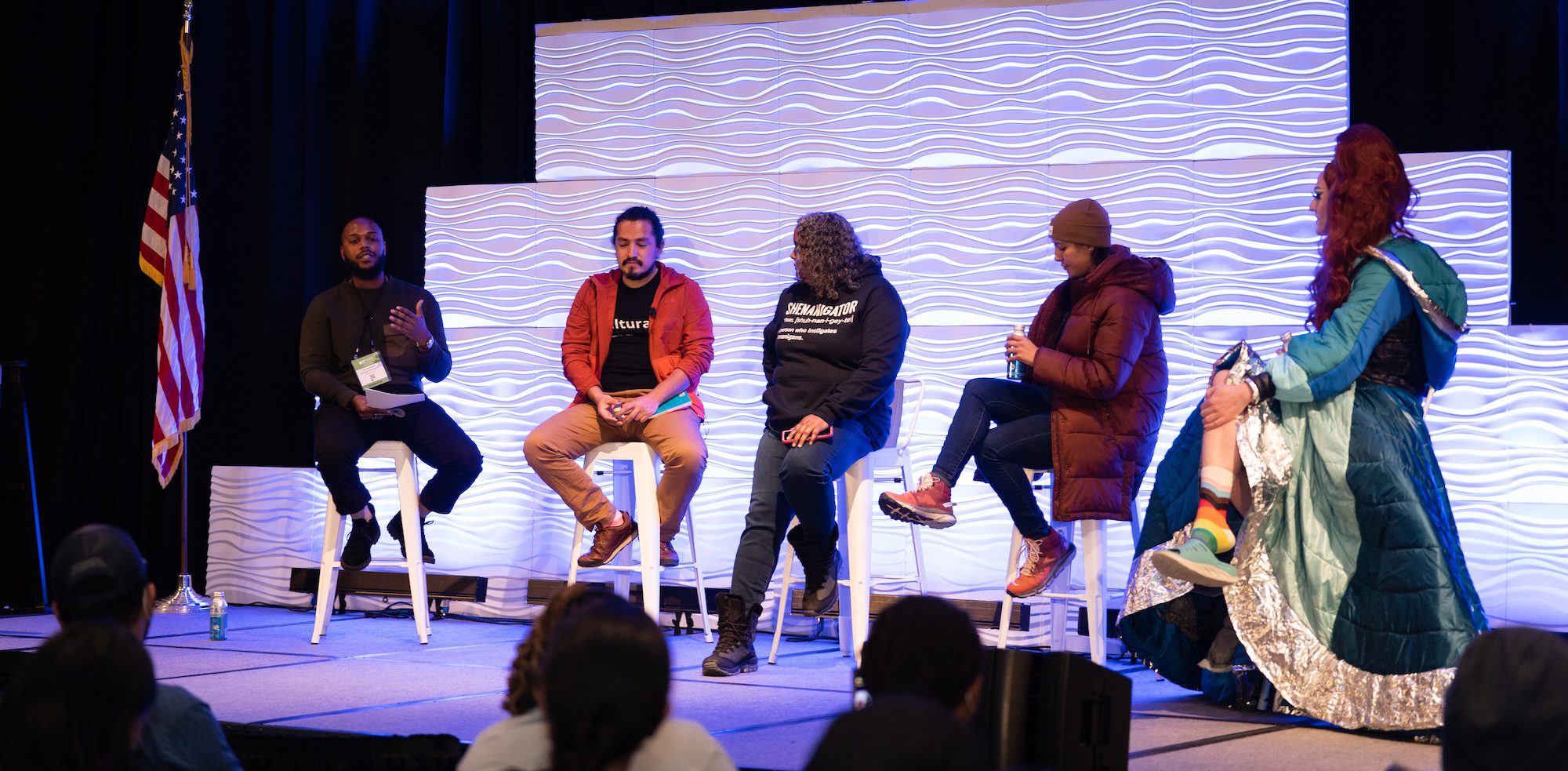
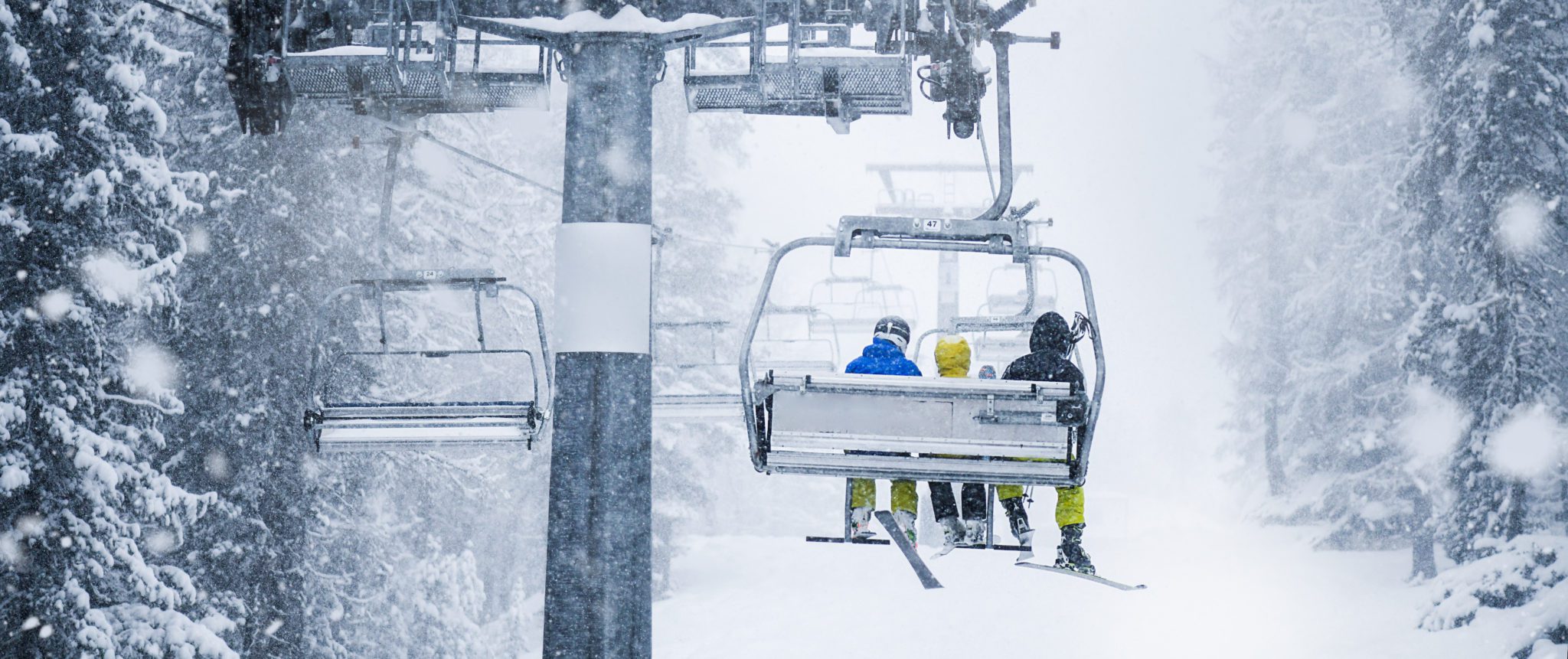


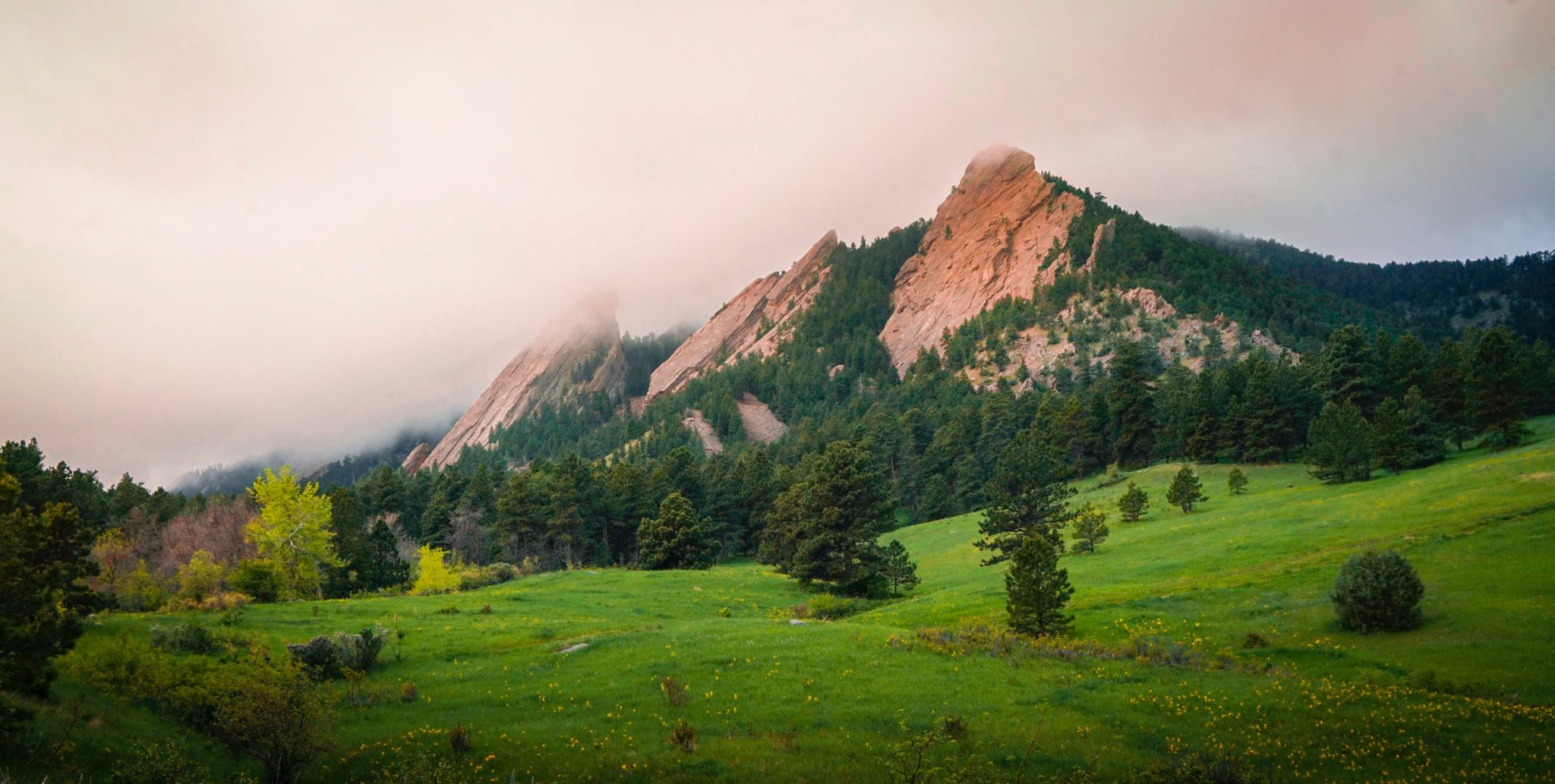

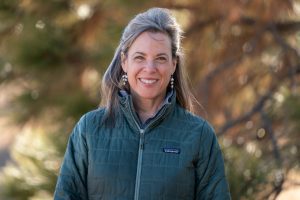 As 2021 comes to a close, I want to extend my deep gratitude to you—our members, partners, and industry peers who are united by a love of the outdoors and the outdoor industry. Together, we are navigating COVID-19 and ensuring the outdoors and our outdoor businesses thrive through our work on outdoor recreation and trade policy, sustainable business innovation, and outdoor equity and participation.
As 2021 comes to a close, I want to extend my deep gratitude to you—our members, partners, and industry peers who are united by a love of the outdoors and the outdoor industry. Together, we are navigating COVID-19 and ensuring the outdoors and our outdoor businesses thrive through our work on outdoor recreation and trade policy, sustainable business innovation, and outdoor equity and participation.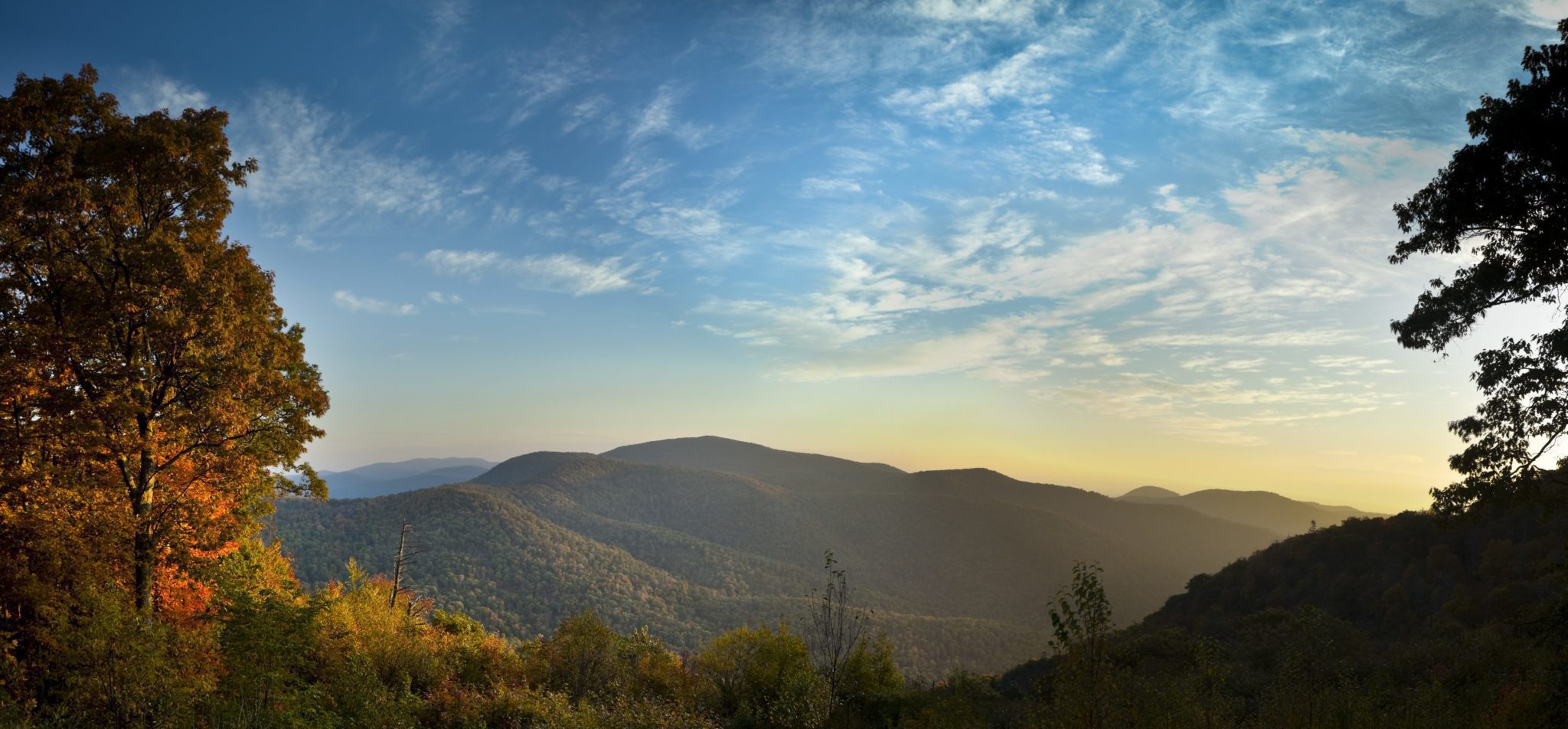
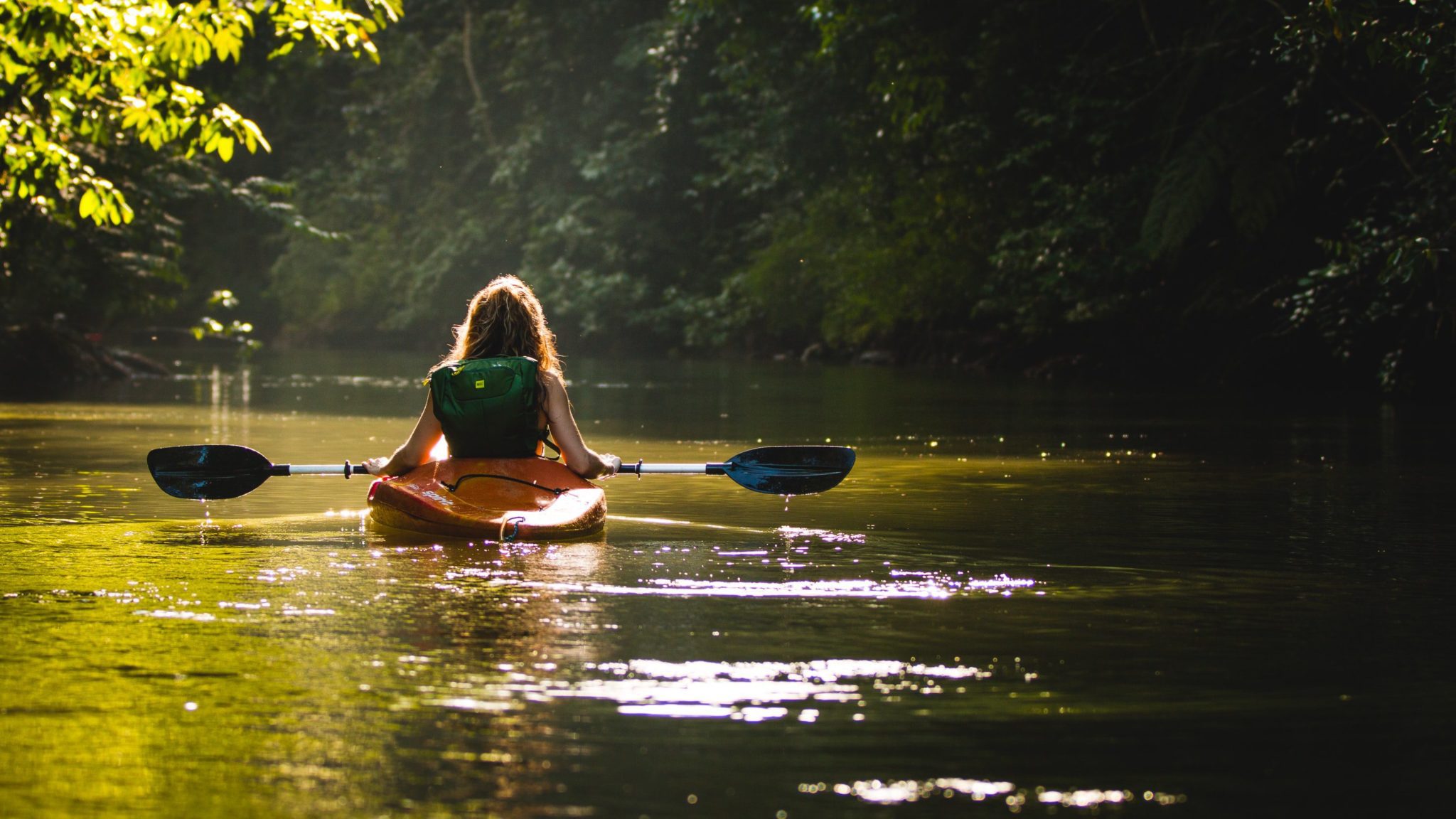
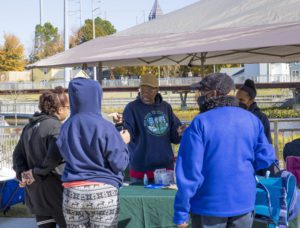 TLANTA: November 13th
TLANTA: November 13th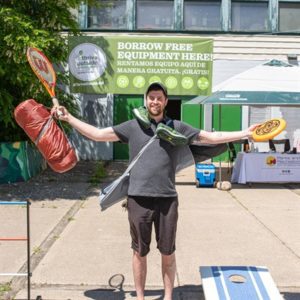
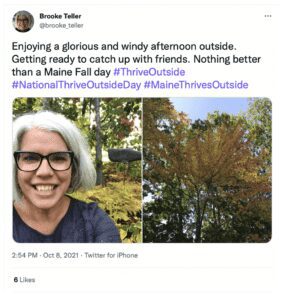 MAINE: October 9th
MAINE: October 9th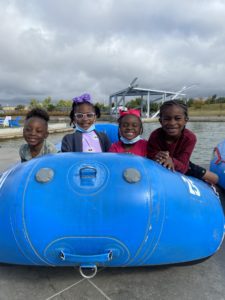 OKLAHOMA CITY: October 2nd
OKLAHOMA CITY: October 2nd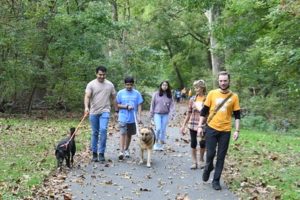 PHILADELPHIA: October 16th
PHILADELPHIA: October 16th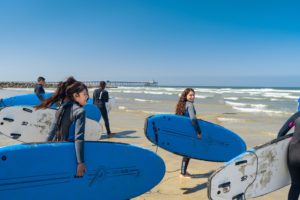 SAN DIEGO: October 9-10th
SAN DIEGO: October 9-10th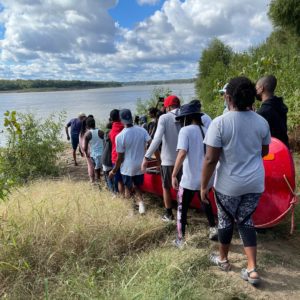 ST. LOUIS: October 2nd
ST. LOUIS: October 2nd